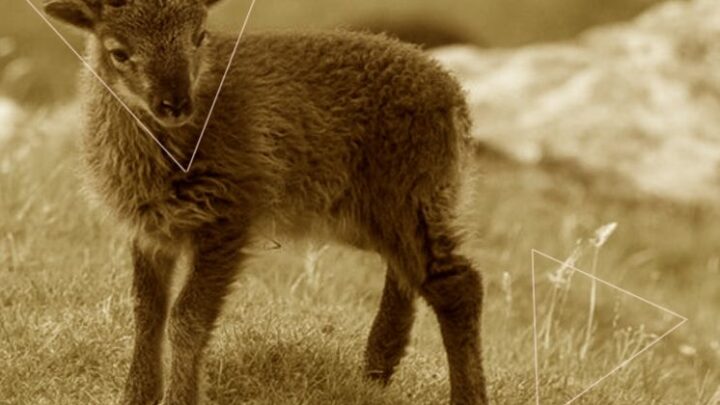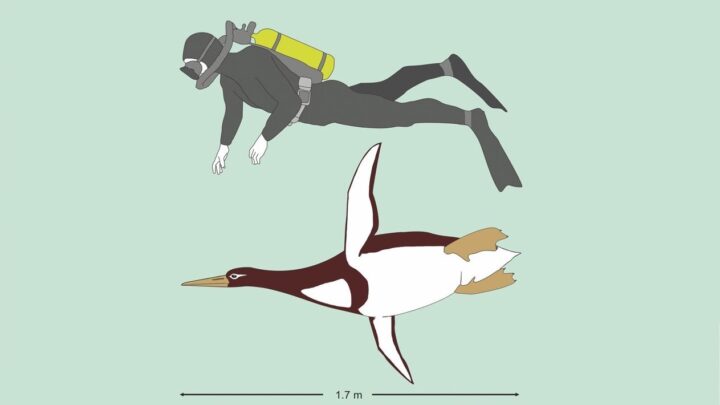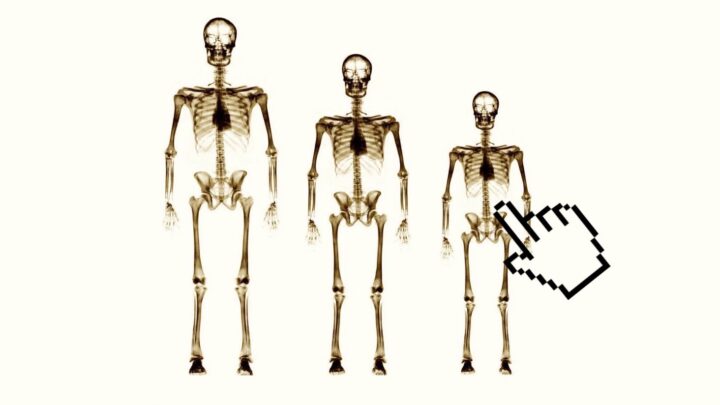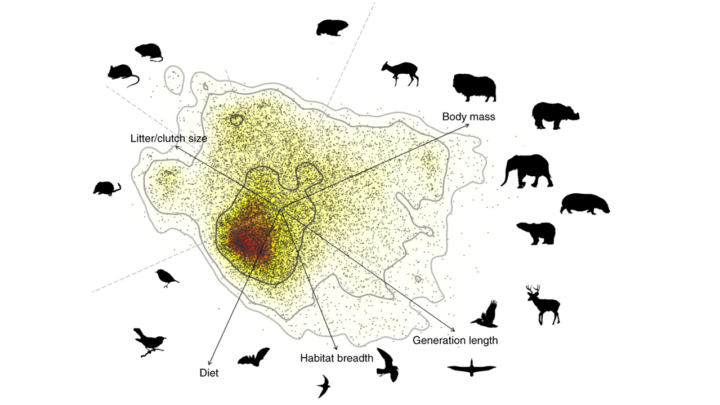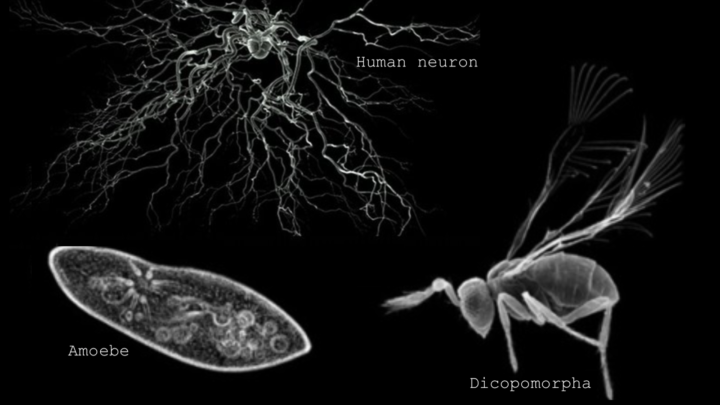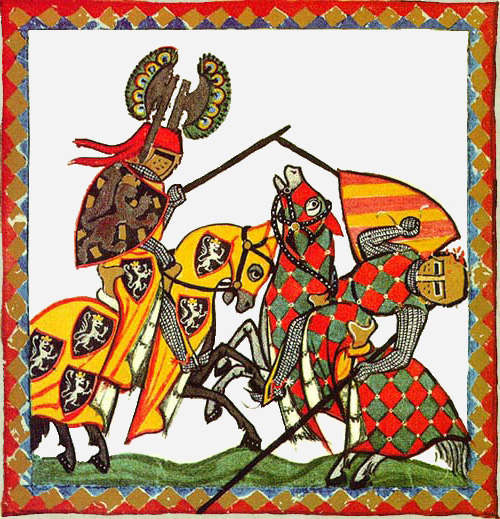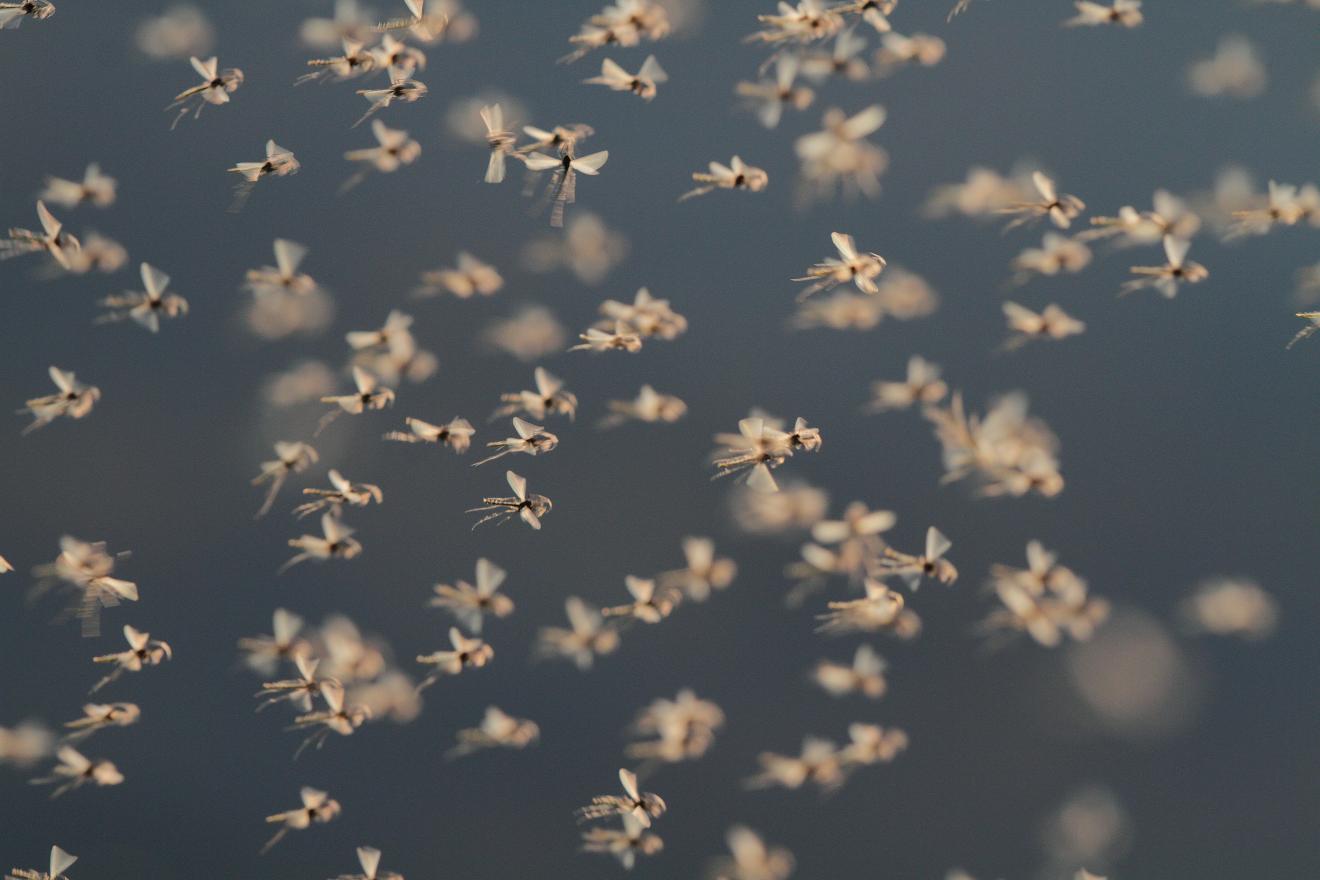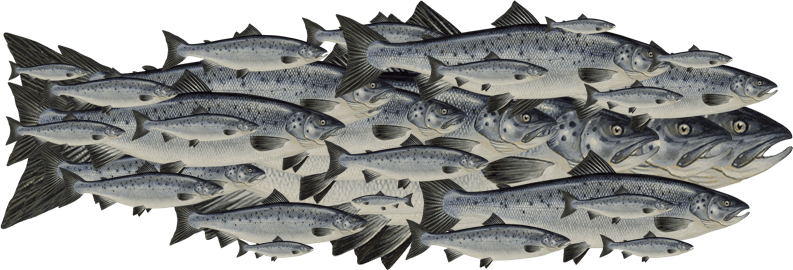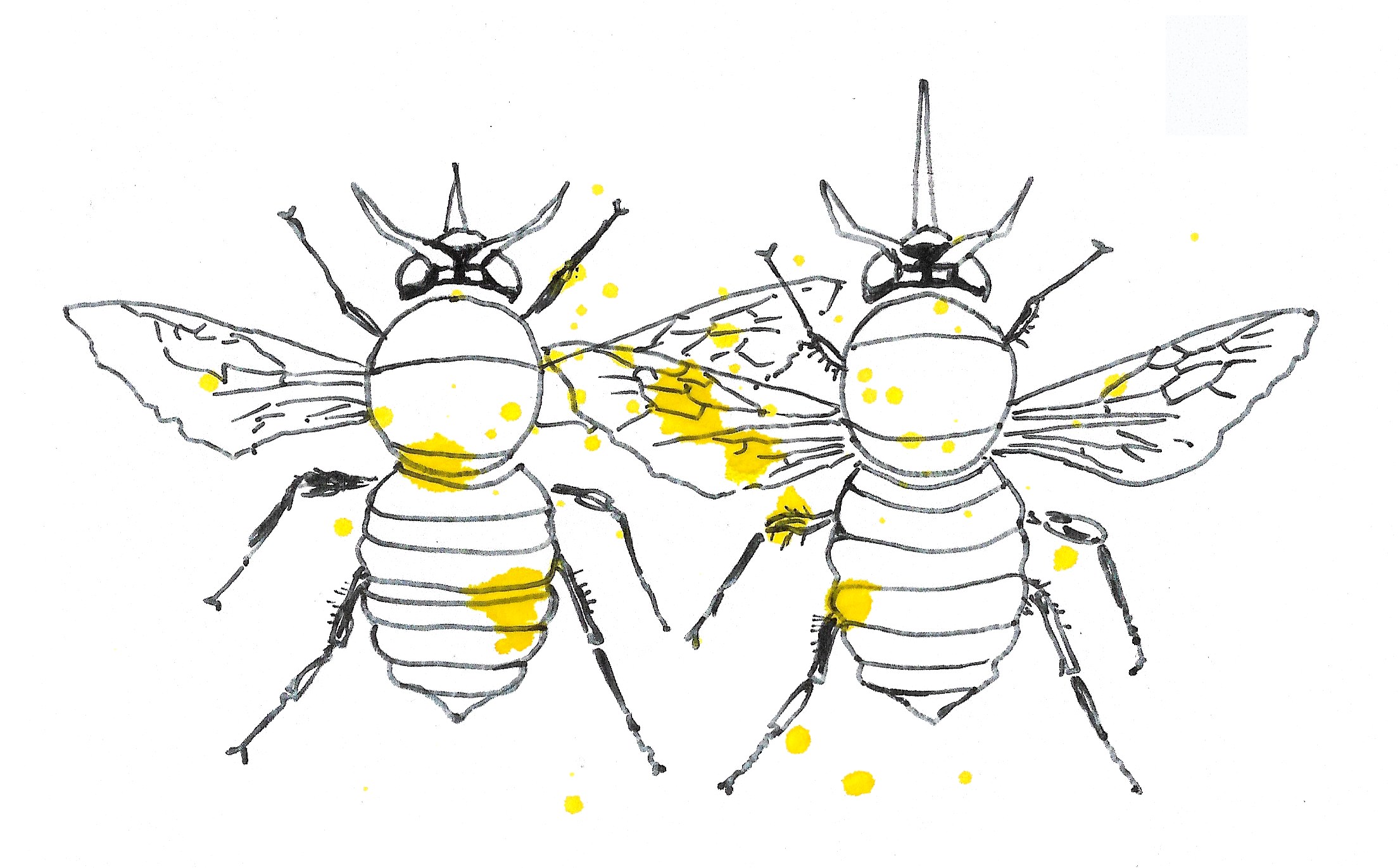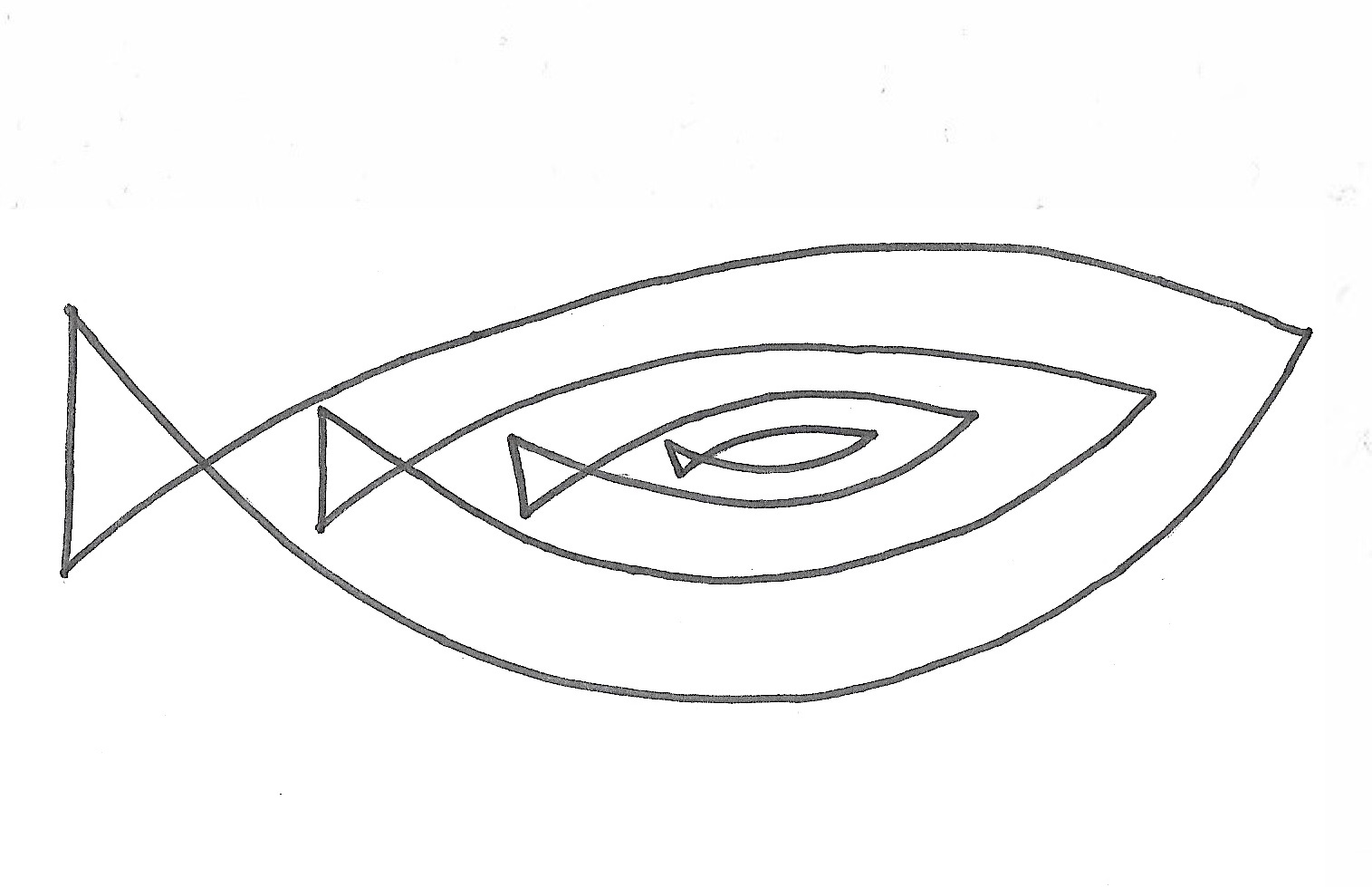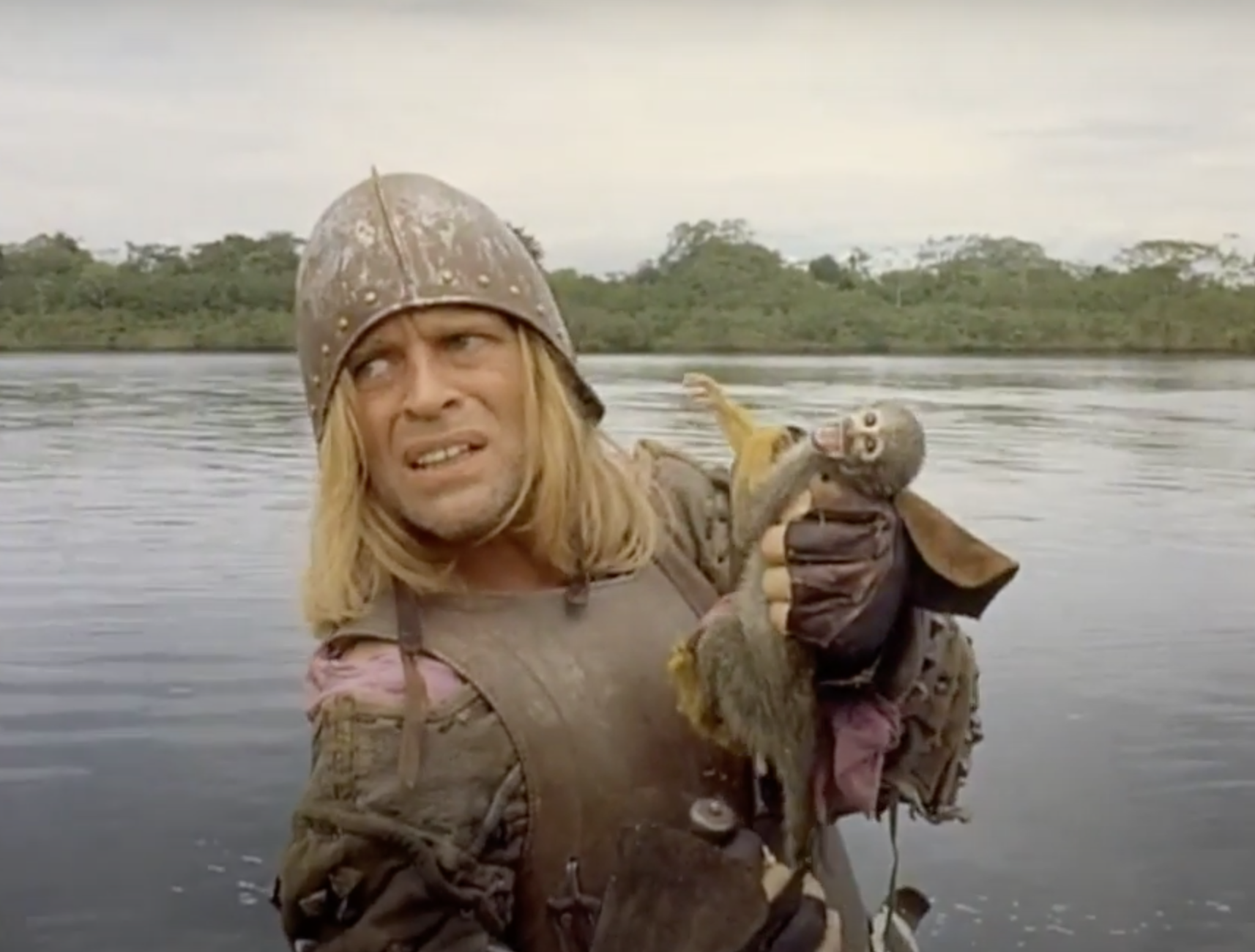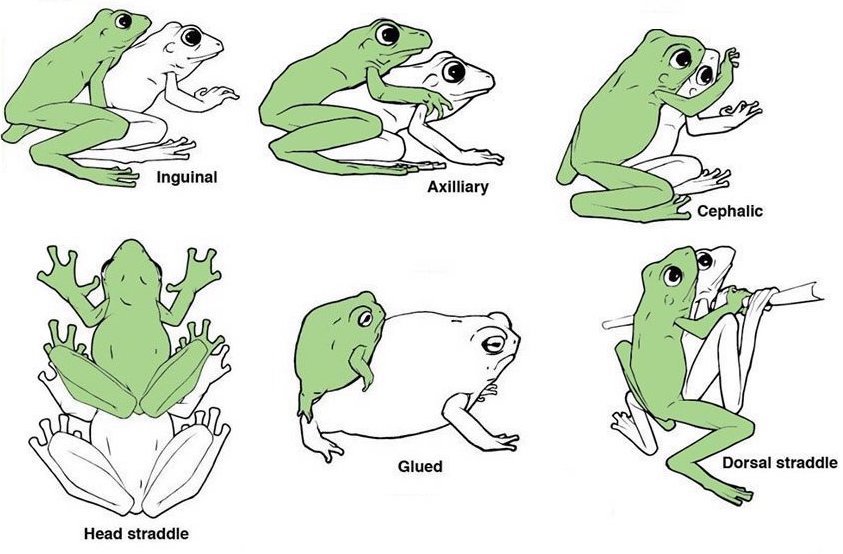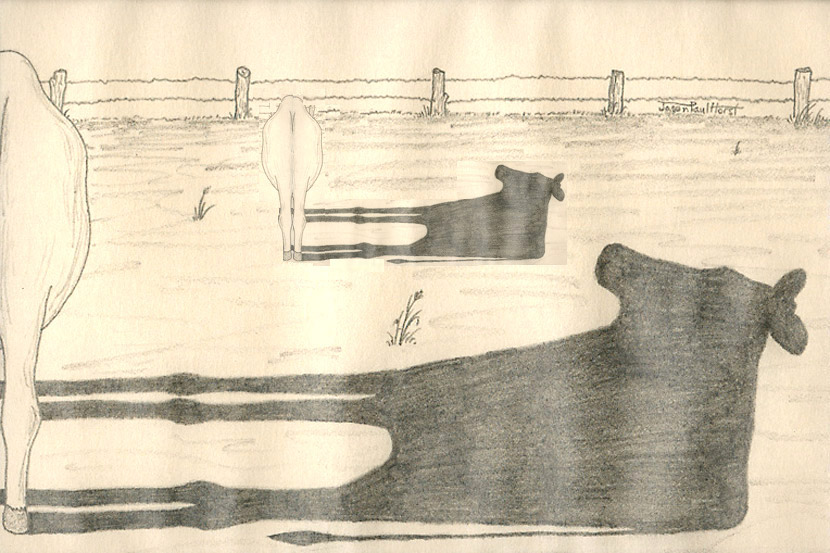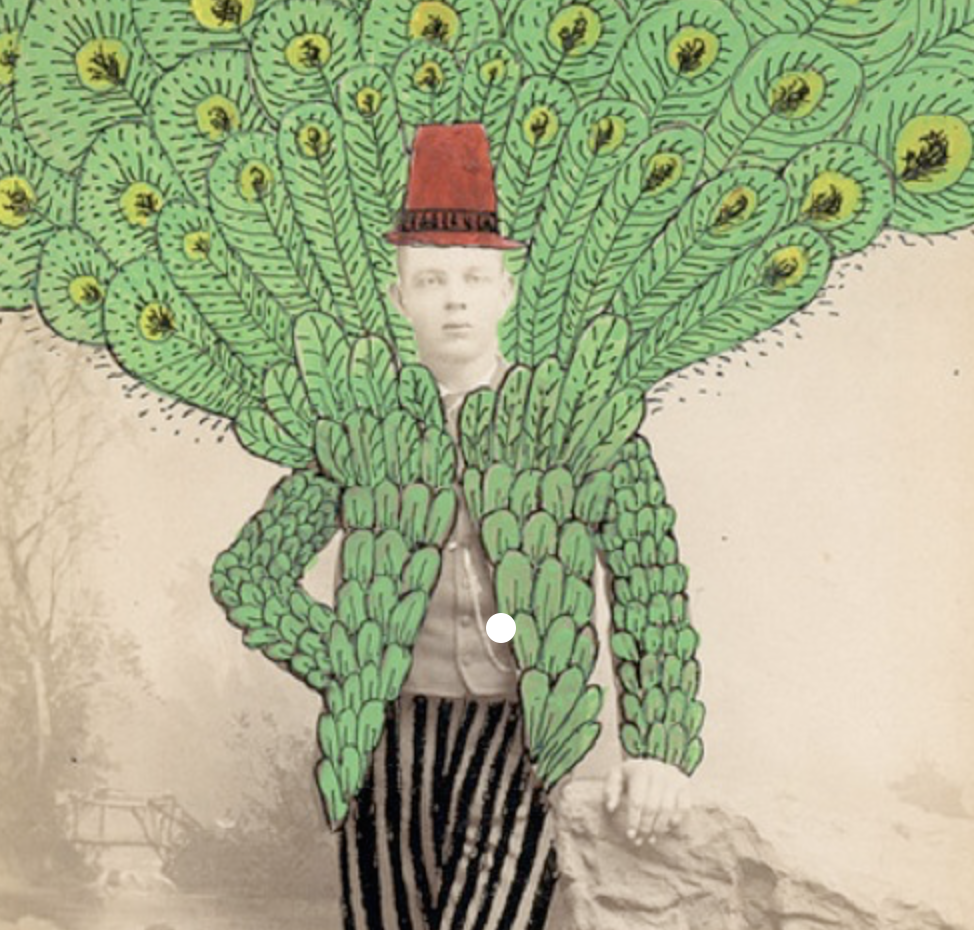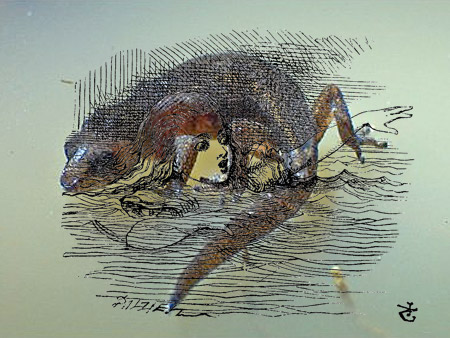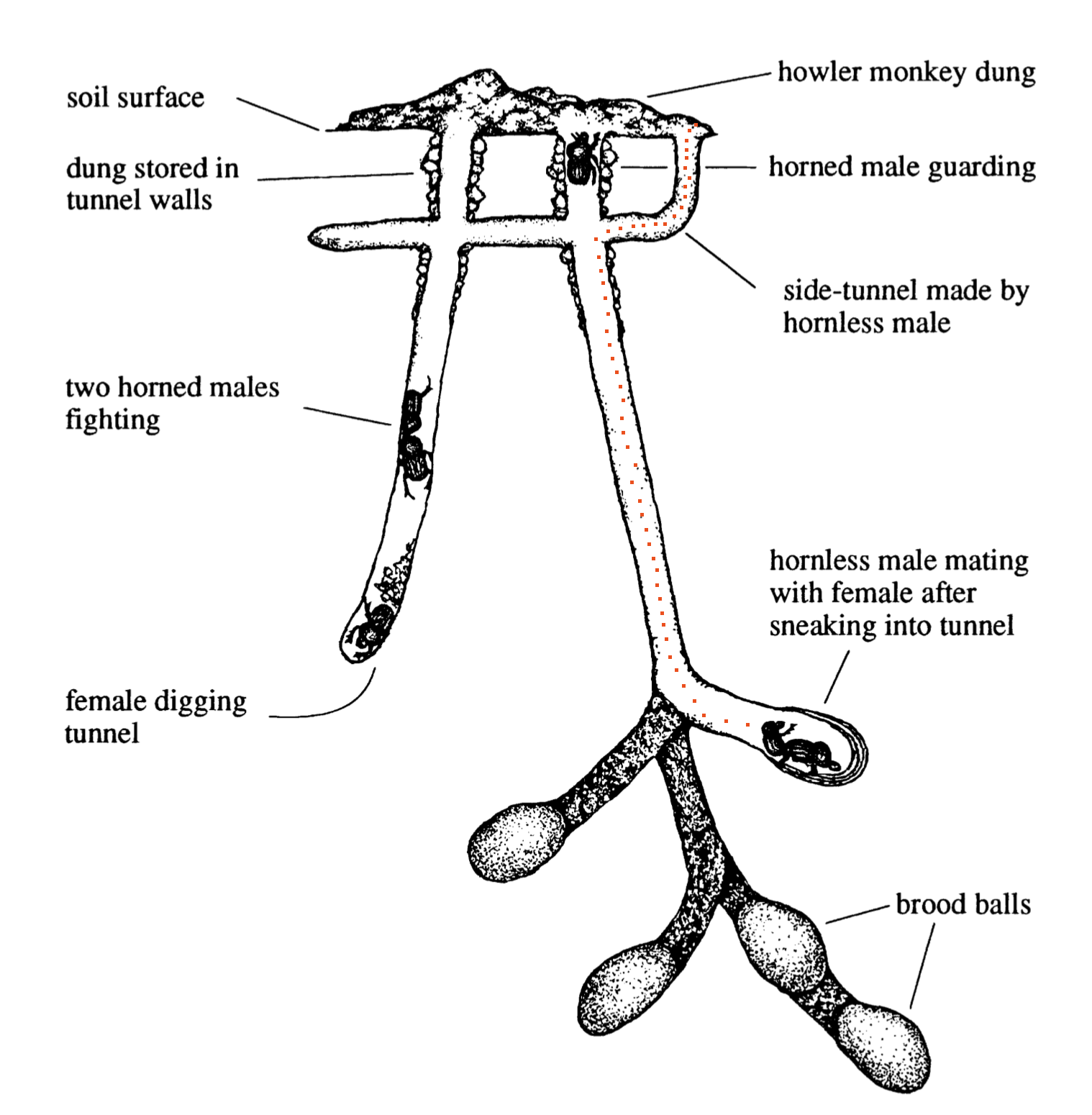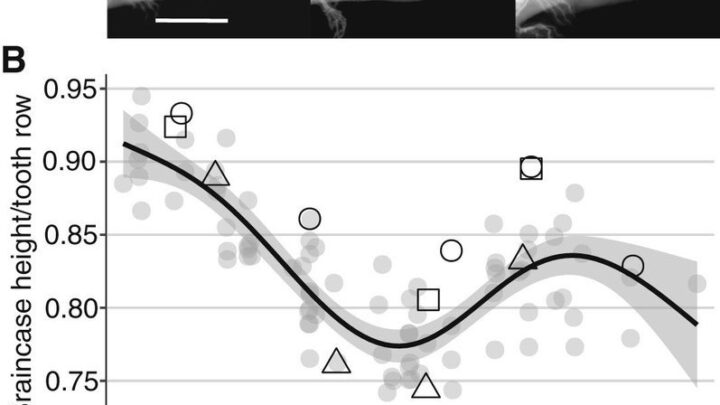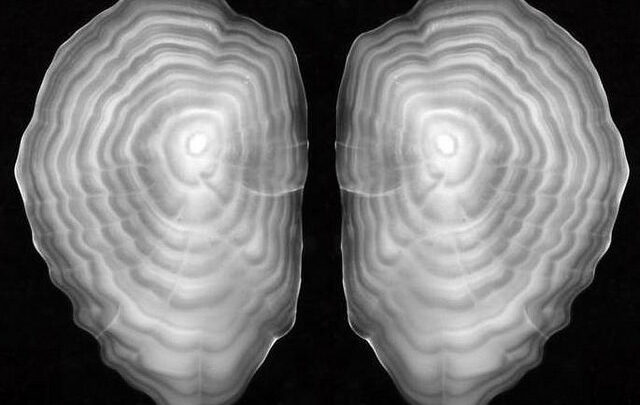Category: Fauna
Human-sized Penguin
July 20, 2022Shrinking Human Clickbait?
June 16, 2022A Small Advantage
May 30, 2022Micro Insects
April 20, 2022There are clear advantages to becoming very small. Micro-organisms gain access to new niches, acquire new food sources and avoid predation. They shrink towards abundance. Yet there are limiting factors to how small an animal can become including the disruption of thermoregulation or respiration, water…
Lancelot’s Pony
January 22, 2022Small Amazonians
November 27, 2021Mating Swarms
October 25, 2021Salmons Too
May 2, 2021Most of us presume growth of body length in vertebrates to be unidirectional, with organisms progressively increasing in body size as they become older. However, under challenging environmental conditions for some vertebrates body length shrinkage is also possible. This ability is called the Dehnel phenomenon.…
Short-Tongued Bombus
April 10, 2021A study in Science shows that in a period of just 40 years two alpine bumblebee species (Bombus balteatus and Bombus sylvicola) rapidly evolved significantly shorter tongues. Short-tongued species are more generalist foragers, able to feed on many different types of flowers. They are replacing more specialised, long-tongued…
No Small Fish
February 10, 2021Rafting Monkeys
June 7, 2020Amplexus Tantra
October 27, 2018Micro-Livestock’s Short Shadow
October 18, 2018Livestock’s Long Shadow: Environmental Issues and Options, a 2006 report released by the Food and Agriculture Organisation, assesses the impact of the livestock sector on environmental challenges, along with potential technical and policy approaches to mitigation. The livestock sector poses serious challenges to the environment at every…
Myxozoans
September 11, 2018Fisherian Runaway
June 5, 2018Fisherian runaway is a mechanism proposed by the mathematical and evolutionary biologist Ronald Fisher, to account for the evolution of exaggerated male ornamentation by persistent, directional female choice. When females are attracted to a certain trait within males, this trait over time gets over-emphasised because males with the trait…
